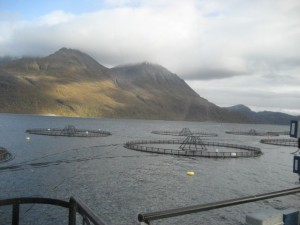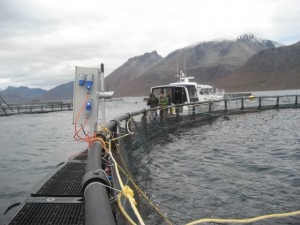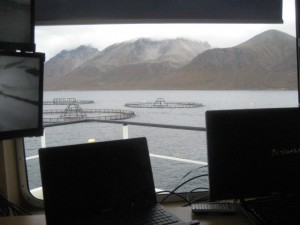Help protect the new school food standards, please
It seems crazy to think that USDA’s school nutrition standards–at least five years and two Institute of Medicine studies in the making—are at risk, but so they are.
My monthly San Francisco Chronicle Food Matters column is on this topic. I will post it this coming Sunday.
In the meantime, Margo Wootan of Center for Science in the Public Interest (CSPI) writes:
As you may have heard, there has been some push back about the new calorie limits in school lunches. Rep. Steve King (R-IA) recently introduced the No Hungry Kids Act (HR 6418), which would prohibit USDA from implementing calorie limits in school lunches. There also have been a few campaigns among high school students who are displeased with the 850-calorie limit.
While we do not expect the No Hungry Kids Act to gain much traction, we also don’t want this negative attention to overshadow the wonderful work going on in so many schools across the country. We need your help to counter these efforts. Below are a few ideas for how you can help:
- Join the conversation on social media (see attached model Facebook and Twitter posts)
- Use or share the attached Infographic (or create your own) to help spread the message that the science-based calorie limits in school lunches are reasonable and provide plenty of food for most students [Here are more illustrations: calories in lunches, and why the new calorie standards are reasonable. CSPI also provides talking points against the No Hungry Kids Act].
- Spread the word to your members, colleagues, and/or members of Congress
- Issue a statement in support of the new school meal standards (See statements from FRAC and Mission Readiness)
- Share pictures of school lunches, that are meeting the new standards (Check out CSPI’s Pinterest page for examples)
These resources and many others are available at www.schoolfoods.org/back2school. You can also find additional talking points and resources at http://www.fns.usda.gov/cnd/Healthierschoolday/. For more information or if you have any questions, contact hjones@cspinet.org.
CSPI’s efforts deserve support. Anything you can do to help, please do!
Addition: Obama Foodorama has a riveting account of how the Drudge Report drove media interest in the kids’ “We Are Hungry” video.
Update, November 2: House Republicans call for GAO investigation of USDA’s nutrition standards.







